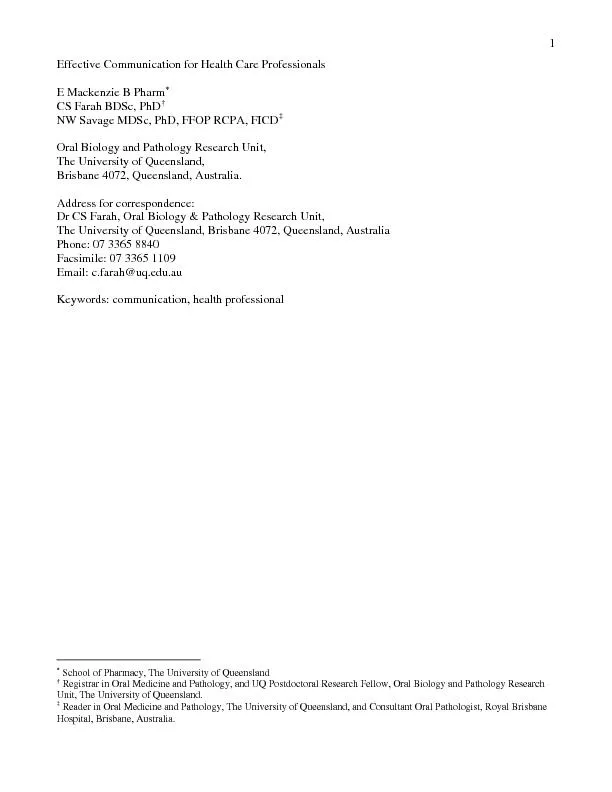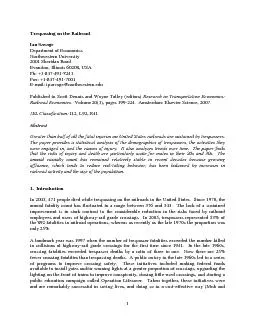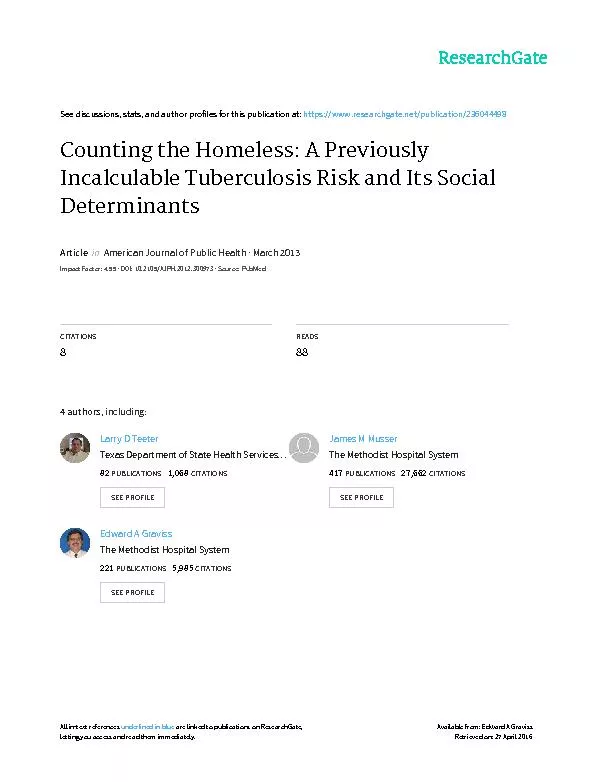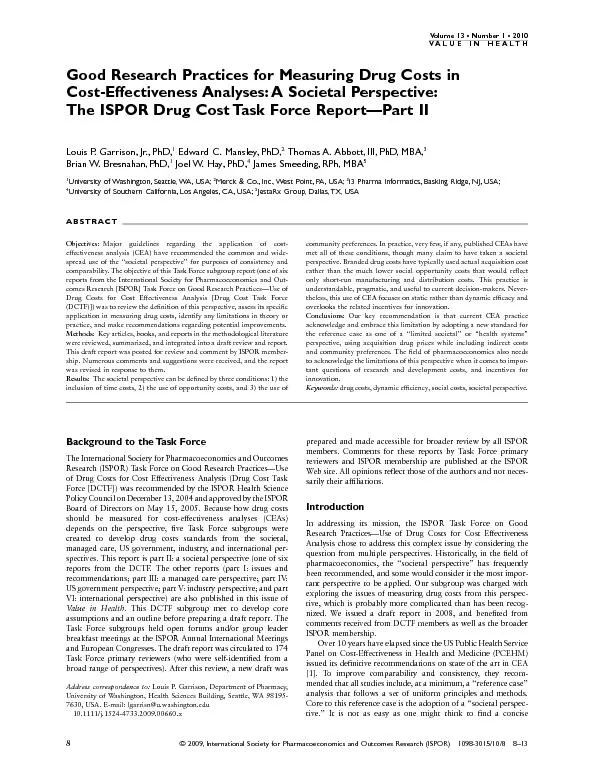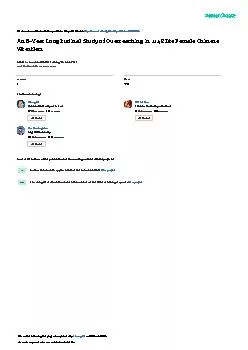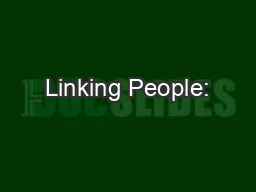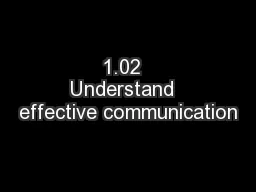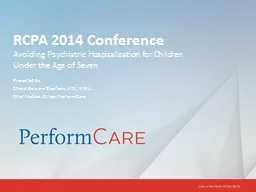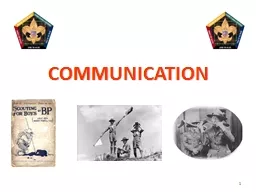PDF-Effective Communication for HNW Savage MDSc, PhD, FFOP RCPA, FICDFacsi
Author : cheryl-pisano | Published Date : 2016-05-05
1 School of Pharmacy The University of Queensland Registrar in Oral Medicine and Pathology and UQ Postdoctoral Research Fellow Oral Biology and Pathology Research
Presentation Embed Code
Download Presentation
Download Presentation The PPT/PDF document "Effective Communication for HNW Savage M..." is the property of its rightful owner. Permission is granted to download and print the materials on this website for personal, non-commercial use only, and to display it on your personal computer provided you do not modify the materials and that you retain all copyright notices contained in the materials. By downloading content from our website, you accept the terms of this agreement.
Effective Communication for HNW Savage MDSc, PhD, FFOP RCPA, FICDFacsi: Transcript
Download Rules Of Document
"Effective Communication for HNW Savage MDSc, PhD, FFOP RCPA, FICDFacsi"The content belongs to its owner. You may download and print it for personal use, without modification, and keep all copyright notices. By downloading, you agree to these terms.
Related Documents

